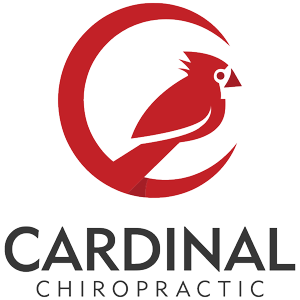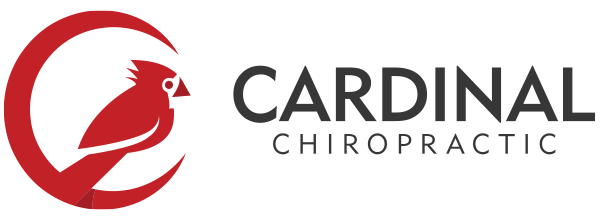Although not as common as low back pain, mid back pain can still be as debilitating. Mid back pain is typically described as pain between the shoulder blades. Pain in this area can make it difficult for you to do simple tasks like lifting above your head, sitting at your desk for work, taking a deep breath, or getting a good night’s sleep.
There are many causes of mid back pain. They can be poor posture, scoliosis, indigestion, or organ dysfunction (heart attack, gallstones).
Poor posture is a common cause of chronic mid back pain. Many people develop rounded shoulders and forward head posture from chronic computer and phone use (text neck). Rounded shoulders, or hunchback, creates adverse mechanical tension on the muscles, joints, discs, and nerves in the mid back area. Chronic stress on these tissues can lead you to experience pain, dysfunction, and decreased mobility. We can even often see issues of heartburn with this type of posture.
Studies show that severe hunching of the mid back can lead to osteoporosis, vertebral compression fractures, and morbidity.
If you have noticed while looking at your reflection, or other people have pointed out to you, that you have rounded shoulders there are ways to correct it.
The best way to correct this type of posture is visiting a corrective care chiropractor who focuses on spinal and postural rehabilitation. You will receive a detailed posture and spinal evaluation to determine a rehab program that is best for you.
Correcting any unhealthy ergonomics or poor habits is also essential.
When sitting in your chair, you should be sitting “deep in the seat”. Your arms should be relaxed at your side while working on the keyboard and mouse. Your head should be balanced over your shoulders. Your monitor should be within fingers distance to prevent you from jutting your head forward to see the monitor clearly.
When looking at your phone, your phone should be held at eye level instead of in your lap with your head flexed forward. This same rules apply with any handheld device.
Some mid back pain can actually be caused from problems in your neck. Known as sclerotogenous pain (pain that is dull, aching, and diffuse), this pain is referred to the mid back and scapular area from the joints in the cervical spine (neck). This is a clear example of why focusing on just the symptoms can be short sighted. An evaluation from a qualified corrective care chiropractor can help you determine the source of pain.
Scoliosis is a spinal deformity described as a twisting and bending of the spine. Someone with a scoliosis may present with one shoulder higher than the other, scapular winging, or an unbalanced pelvis. Scoliosis often develops in adolescence but can also develop in our silver years.
There are many treatments available for scoliosis in children and adults. Corrective chiropractic care can help reduce smaller sized scoliosis (20 degrees and under). Bracing with ScoliBrace, along with a corrective chiropractic care program, can help larger size scoliosis (20-60 degrees). A complete evaluation is necessary to determine the correct course of care.
Simple home exercises can help you to reduce the symptoms of chronic mid back pain. Some of my favorites are snow angels on a foam roller, puppy dog pose, child’s pose with thumbs up, banded Ws, and corner pec stretch.
If you have been experiencing chronic mid back pain, try these simple exercises and also make an appointment with your chiropractor for a posture and spinal check up.
Any pain that is worse after eating, especially a fatty meal, should be evaluated by a medical doctor to rule out gallstones or other organ dysfunction.

